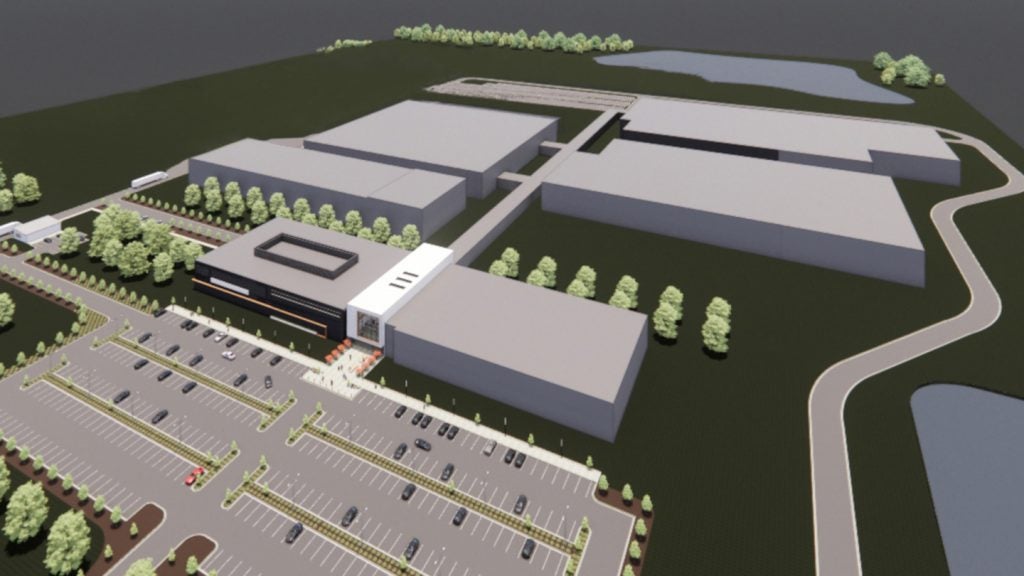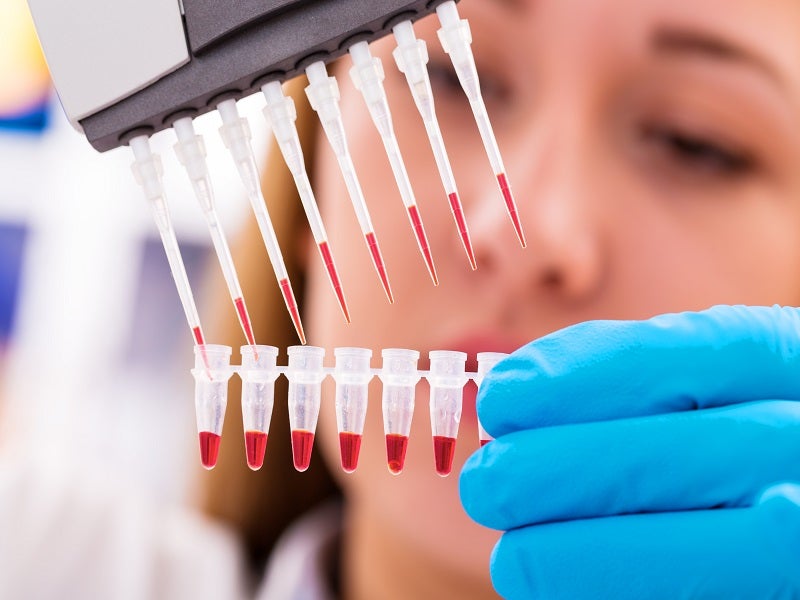Aventis’ Jurong Island facility for the manufacture of enoxaparin sodium was opened in July 1999.
Aventis commissioned the plant to meet growing world demand for enoxaparin sodium, which had global sales in 2002 of €1.5bn.
Enoxaparin sodium was first approved in France in 1987. By 1993, it became the first low-molecular-weight heparin to be introduced in the US and Canada.
The drug is now available in more than 96 countries marketed as Lovenox in the US and Clexane in Europe.
Enoxoparin sodium in use
Enoxaparin sodium is used to treat 108 million patients worldwide for deep vein thrombosis, unstable angina and non-Q wave myocardial infarction.
In 2002, the European Society of Cardiology Congress was presented with data indicating that anticoagulation therapy with enoxaparin was more effective than the standard therapy, which used intravenous (IV) heparin and oral anticoagulants.
Therefore, enoxaparin gradually became the accepted treatment for reducing the risk of embolism, major bleeding and death in patients undergoing cardioversion for atrial fibrillation.
Patent challenges
Aventis announced in May 2003 that Teva Pharmaceuticals and Amphastar Pharmaceuticals were seeking to manufacture generic versions of enoxaparin sodium. The firms filed abbreviated new drug applications (ANDA) with the US Food and Drug Administration (FDA).
The two companies claimed the original patent was invalid and that the generic versions of the drug they intended to produce would not infringe the original patent, which expired on 14 February 2012.
Aventis filed against the two companies. Aventis was entitled to automatic stays prohibiting the FDA from approving these ANDAs for 30 months or until the courts make a ruling.
Singapore as a centre for biomedical excellence
In the 2000s, Singapore was becoming a regional biomedical centre, with companies such as GlaxoSmithKline, Schering-Plough, Rhone Poulenc and Merck already well established.
Singapore’s development encouraged a burgeoning biomedical and pharmaceutical industry and its government backed the emergence of this sector by offering attractive tax incentives and manpower training initiatives.
The Tuas Biomedical park encouraged large pharmaceutical concerns such as Pfizer, Wyeth-Ayerst and Merck to build new facilities.
Local industry experts forecast that the highly lucrative Singapore market for over-the-counter drugs would grow by between 11% and 15% a year. As patients began to rely less on doctors for minor ailments, the market for these over-the-counter drugs continued to grow. Aventis employs more than 350 people in Singapore with an additional 40 people recruited as a result of the investments in both the enoxaparin sodium and the dual-purpose facilities.
Enoxaparin sodium project make-up
Formed by a merger of Rhone-Poulenc Rorer and Hoechst Marion Roussel, Aventis acquired the site for the Jurong island facility in October 1995 through its acquisition of Fisons, a British-based pharmaceutical company.
With a cost of $50m, the three-storey facility more than doubled the company’s production of enoxaparin sodium.
The present facility continues to make nedocromil sodium which is used in Tilade for the treatment of asthma. Aventis has also extended the facility on an adjacent four-acre plot at a cost of $15m to manufacture increased supplies of sodium nedocromil and also sodium cromoglycate. Sodium cromoglycate is used in Intal for the treatment of ocular and nasal allergy conditions.











